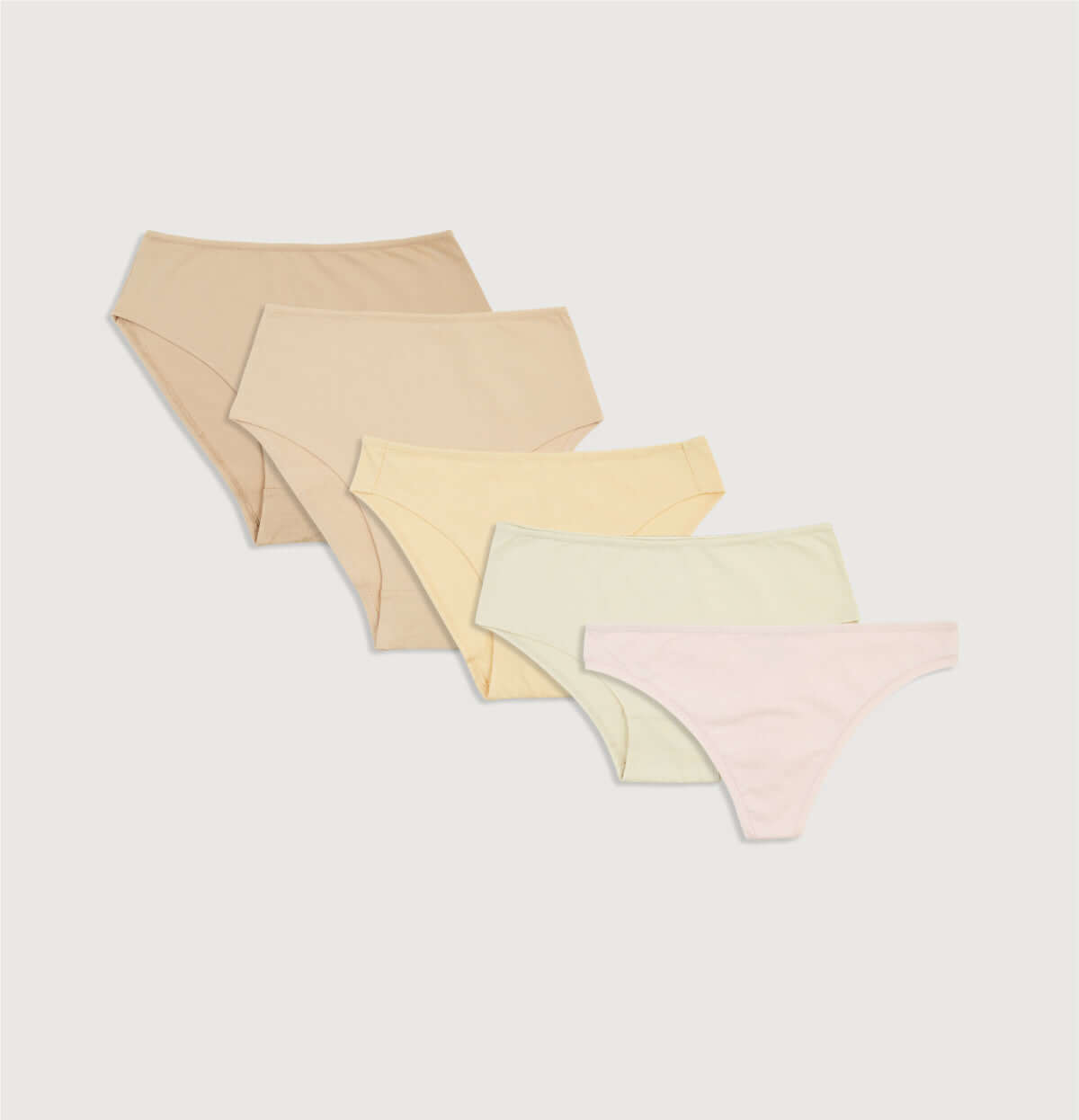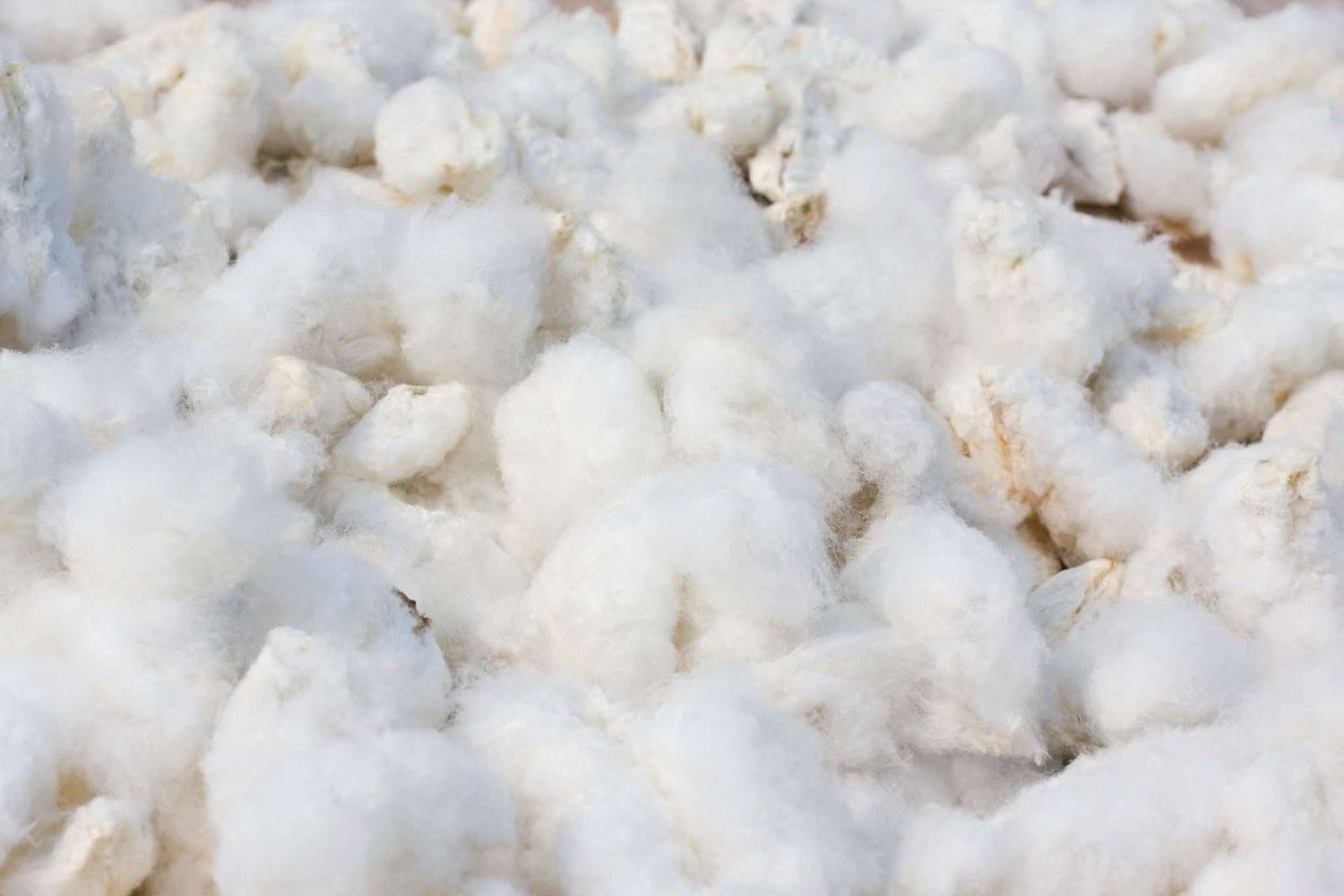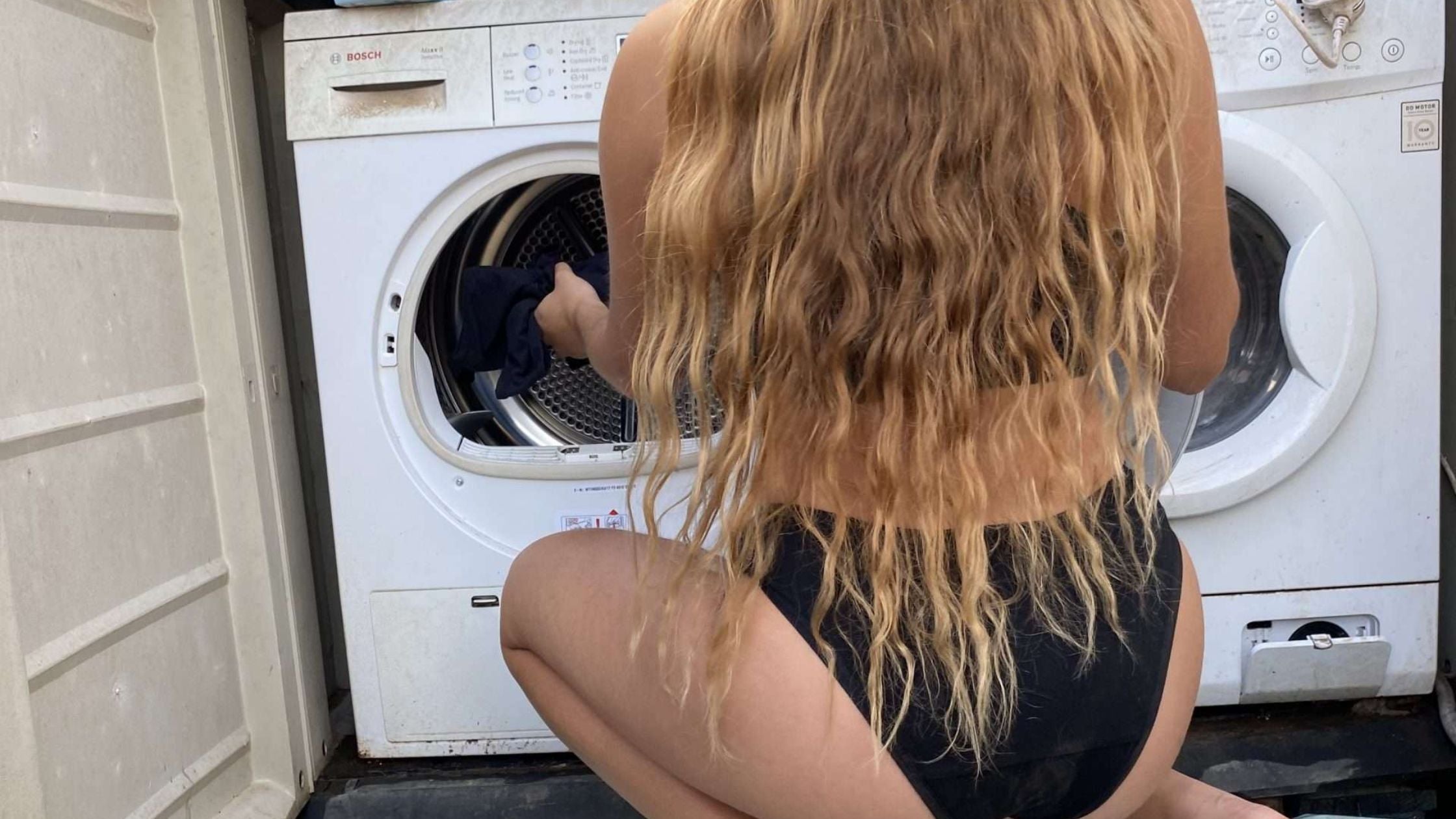There is a great danger lurking in our closet. It is not about the monsters we were afraid of as children, but about our clothes, or rather our underwear, which can really harm our health. While in the field of food agriculture, regulation is relatively strict and the amount and type of chemicals allowed to be sprayed are carefully examined, when it comes to growing cotton and turning it into textiles, there is almost no regulation and most of the time cotton is sprayed and dyed with countless toxic chemicals . Although cotton crops cover only 2.4% of the world's cultivated land, they use 6% of the world's pesticides, more than any other crop .
The difference lies in the understanding that the fruits and vegetables we grow are going to enter our bodies and directly affect our health, so we need to keep the amount of toxins to a minimum, and the common misconception that the materials our clothes are made of do not affect our health. The truth is that our clothes have a dramatic impact on our health. A series of studies have found a direct link between vaginal health and the composition of the fabric of our underwear; and between high concentrations of environmentally harmful substances in clothes and developmental problems, fertility problems, and cancer; and studies by the US National Cancer Institute have found higher cases of serious illnesses, Parkinson's, and developmental problems linked to exposure to agricultural chemicals, among people who were physically close to chemical-based agricultural communities, such as cotton farming.
It is easy to understand these studies intuitively. All those toxic chemicals sprayed on cotton do not stay in the field and factory, but continue on to our closets and underwear drawers. Our clothes surround us throughout the day and touch our skin incessantly, and the more intimate and sensitive the organ they surround, the more important the materials they come into contact with increase. The result is that most of us hide a series of toxic chemicals in our underwear drawers that harm our vaginas. Simply put, if you are going to invest in choosing one item wisely, it must be your underwear.
These are the five main chemicals:
- Formalin (NPEs) - NPEs are a group of man-made chemicals that are not naturally occurring, without human intervention, and are mainly used as flame retardants, and are therefore widely used in cigarettes, vehicles, and petroleum refining. NPEs belong to a broader group of chemicals called ethyl alcohol ethoxylates (APEs), the use of which in textiles was restricted for many years in many countries due to concerns about their health effects, but are now permitted at certain concentrations. NPEs are mainly used in textiles as flame retardants, stain repellents, and wrinkle removers. Formaldehyde is classified as a probable human carcinogen by the International Agency for Research on Cancer (IARC). High exposure to it has also been found to cause irritation, nausea , and hormonal disruption .
- Phthalates - are a group of man-made chemicals that were developed in the last century for use in the plastics, solvents, and personal care industry. They are used to soften and increase flexibility in plastics and, in the case of textiles, to disinfect cotton and soften clothes with a high polyester composition. The effects of phthalates on human health are still being studied and are not fully known. However, many studies have found that prolonged exposure to phthalates increases the risk of fertility problems, disruption of the development of the reproductive system, disruption of the natural functioning of the hormonal system, and there is initial evidence that exposure to phthalates may also affect brain development in humans.
- Azo dyes - Azo dyes are the name of a group of synthetic nitrogen-based dyes, often used to dye fabrics synthetically. Their toxicity varies from dye to dye, and most have been banned from use within the European Union. Their health effects and severity vary depending on the dye group, but in general they have been found to have negative long-term health consequences and to increase the risk of a variety of conditions, from skin irritation to skin cancer, bladder cancer, and uterine cancer.
-
Alkanes , benzyl benzoate , benzophenone, 1,1'-biphenyl, butylated hydroxytoluene (BHT), benzy- are all toxic chemicals widely used in the fashion industry and have been found to be harmful to long-term health.
Is the solution to going naked? Not necessarily. All of these chemicals sound scary and rightly so, but it's important to remember that they can be avoided relatively easily. The good news is that there is a pleasant, healthy and affordable solution to all of these chemicals - organic cotton underwear ! Organic cotton is cotton that is produced and certified according to organic agricultural standards. Its production maintains the health of the soil, ecosystems and farmers by using natural processes, without artificial inputs. It is important to note that organic cotton farming does not allow the use of toxic chemicals or GMOs (genetically modified organisms). Instead, it combines tradition, innovation and science for the benefit of the environment and to promote a good quality of life for all involved . The heart of the difference between organic cotton and chemical cotton is that organic cotton is grown without the use of toxic pesticides or fertilizers, while chemical cotton depends on both.
Organic cotton fibers are defined by Exchange Textile as the most ecologically and socially advanced materials with the lowest environmental impact, with added health benefits – not only when wearing the underwear, but also when it comes to reducing the environmental and health impacts of the textile production stages. Organic underwear is therefore not only the right choice from an environmental and social perspective, but above all the healthy choice for your vagina.
This article is based largely on " Toxic Threads: The Big Fashion Stitch-Up " by Greenpeace.
Written by Meital Peleg-Mizrahi






